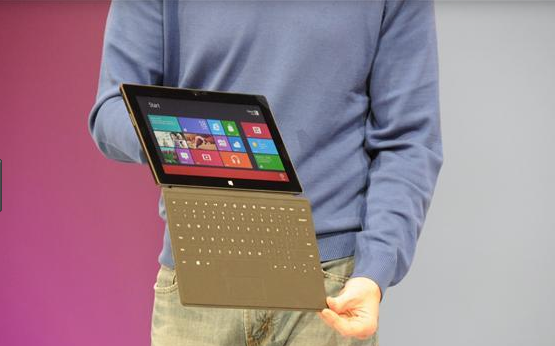Now it seems that the rumors might not be on target as nVidia CEO Jen-Hsun Huang has reiterated their support for Microsoft and their Surface Tablet. He intimated that nVidia was working to make the next generation of the Surface a success. This would be good news for both nVidia and Microsoft who had to take a hit on the current generation of Microsoft’s ARM based tablet (along with many others). One of the big problems was that consumers were not ready to trust a new tablet from Microsoft in an arena that had such prominent competition from the likes of Google and Apple. Microsoft was also hit by unexpected resistance from not only consumers but from OEMs who felt hurt that Microsoft entered the market as a competitor. Most of these companies have moved away from Windows solutions for the ARM SoC (nVidia or otherwise) and are concentrating on x86 flavors (although most appear to be waiting on Windows 8.1 to hit before moving forward).
So what makes Huang feel that Microsoft has a better chance with a second generation Surface? Well he puts it rather bluntly that he feels the addition of Outlook into Windows RT (8.1) will be the big ticket item that pushes the consumers into the Microsoft van. Although it is certainly true that the lack of Outlook in Windows RT hurt sales there was more to the failure of the Surface RT than just that. There is the lack of a full ecosystem and a limited number of apps available. Windows RT also suffers from a lack of compatibility with many applications that people want to use from their desktops. Microsoft made sure to lock down the UI so that only their approved applications function there (approved through the Windows Store) and also locked out competing browsers. Believe it or not that was and still is a big deal with many people, especially in the EU.
Microsoft’s move to put in Outlook is a very good one and is also one that does not really cost them all that much to give away. They are also being very smart in giving in a little on the start “button” and the ability to boot to the desktop. Bringing in a faster and more graphically powerful SoC from nVidia will also help them in significant ways when it comes to sales, but there is more than needs to be done before the Surface (or any RT tablet) is really going to capture consumer interest. One of the biggest is to relax the restrictions on developers when it comes to Windows RT. Doing this will help grow the app selection and also bring in apps that have higher demands (and also want to run on the desktop and not in Metro Land). This is a common complaint from the developers we have talked to. They see no real benefit in coding for Windows 8 or Windows RT when they can get greater penetration with iOS or Android with less effort.
Microsoft remains committed to Windows RT and nVidia will stick with them even if it ends up being just the two of them pushing these tablets around.
Tell us what you think in our Forum




